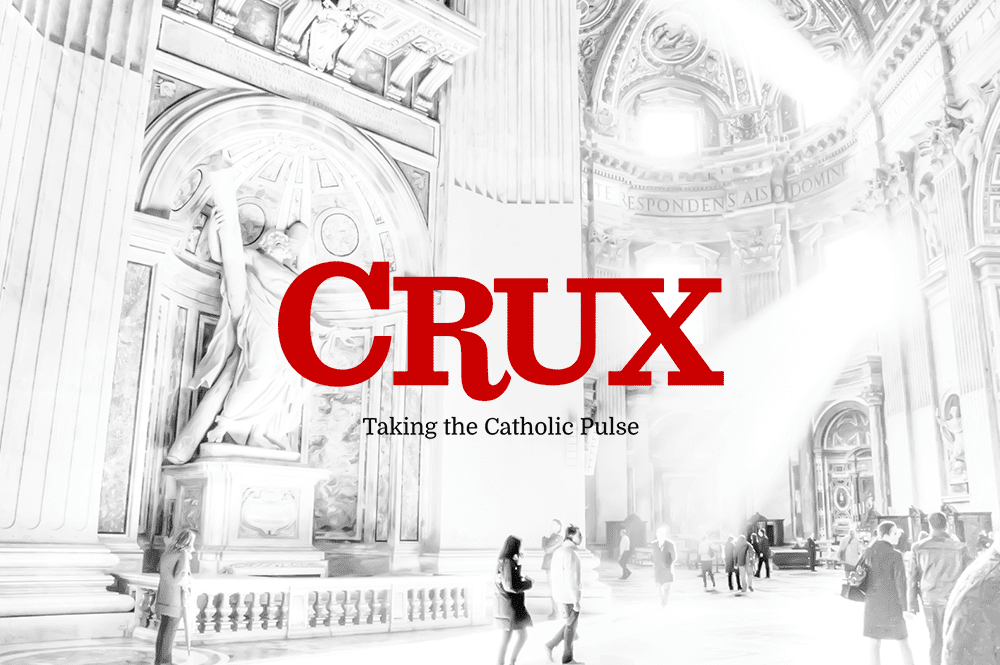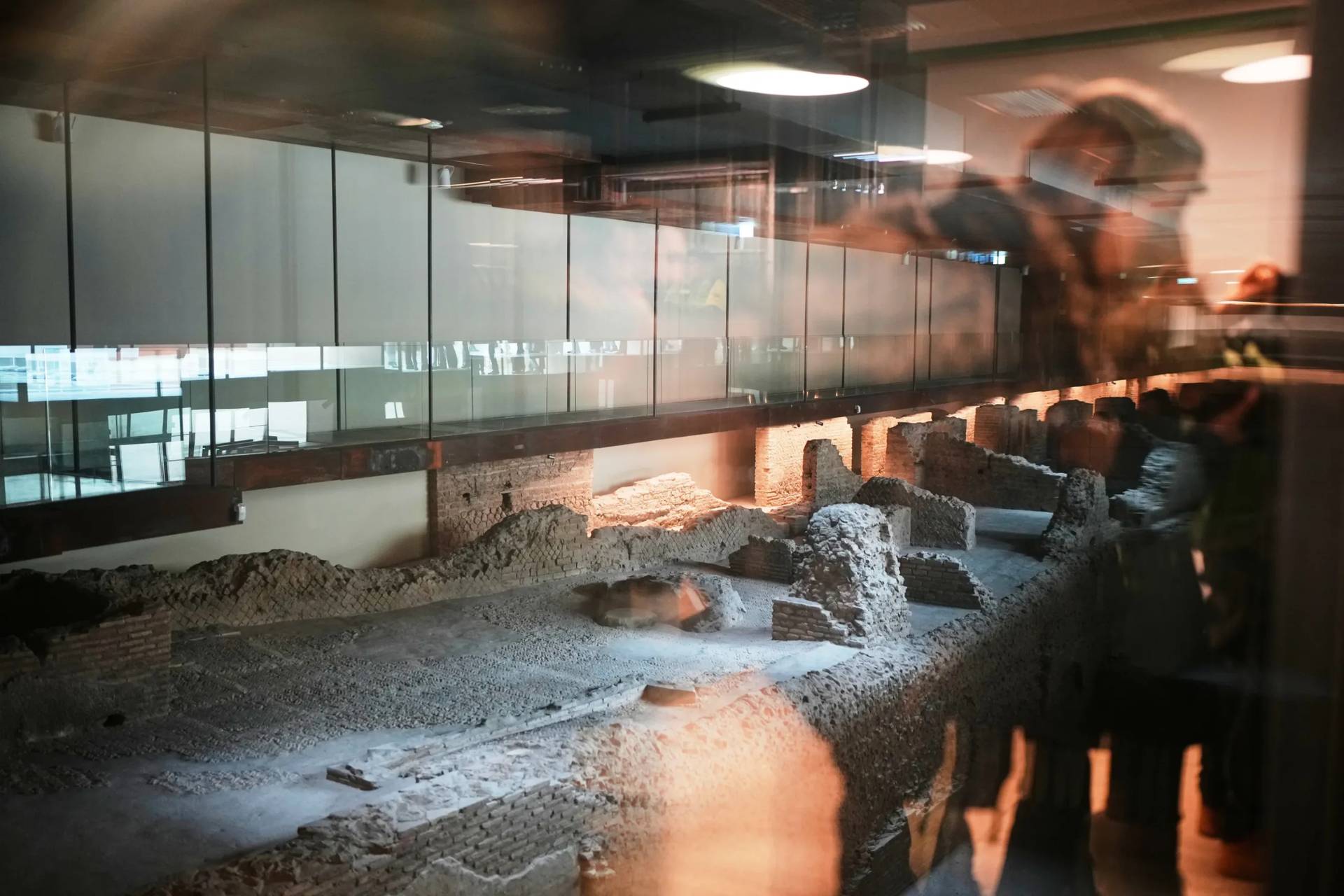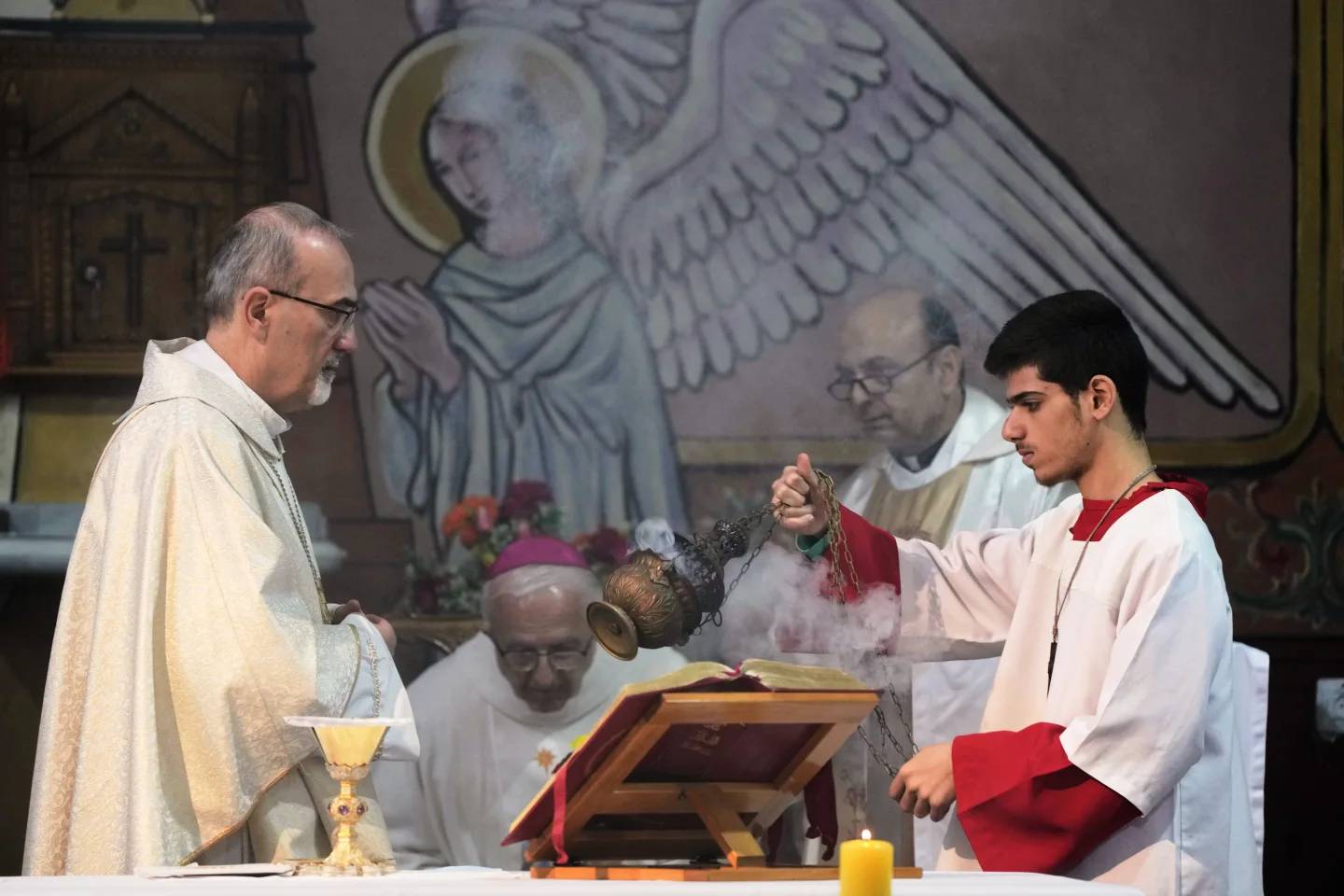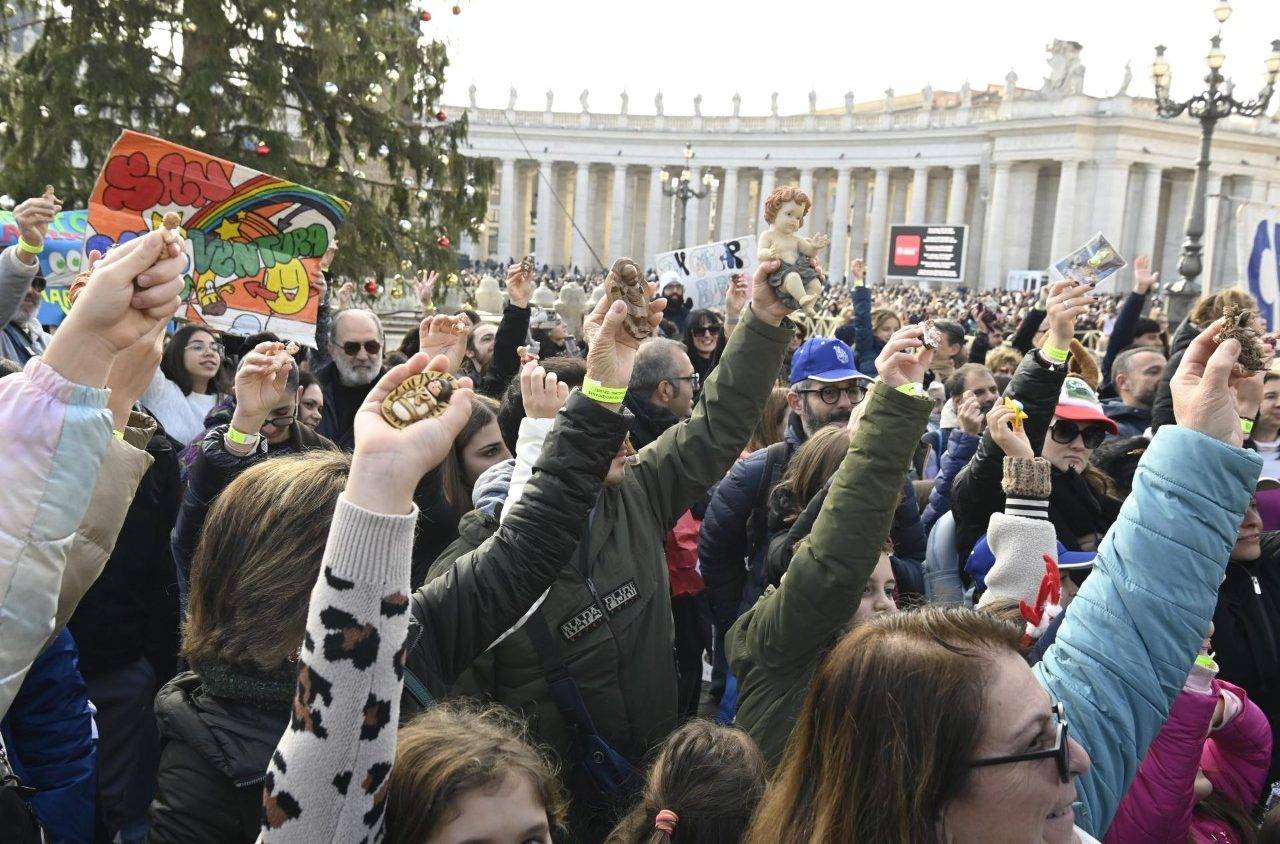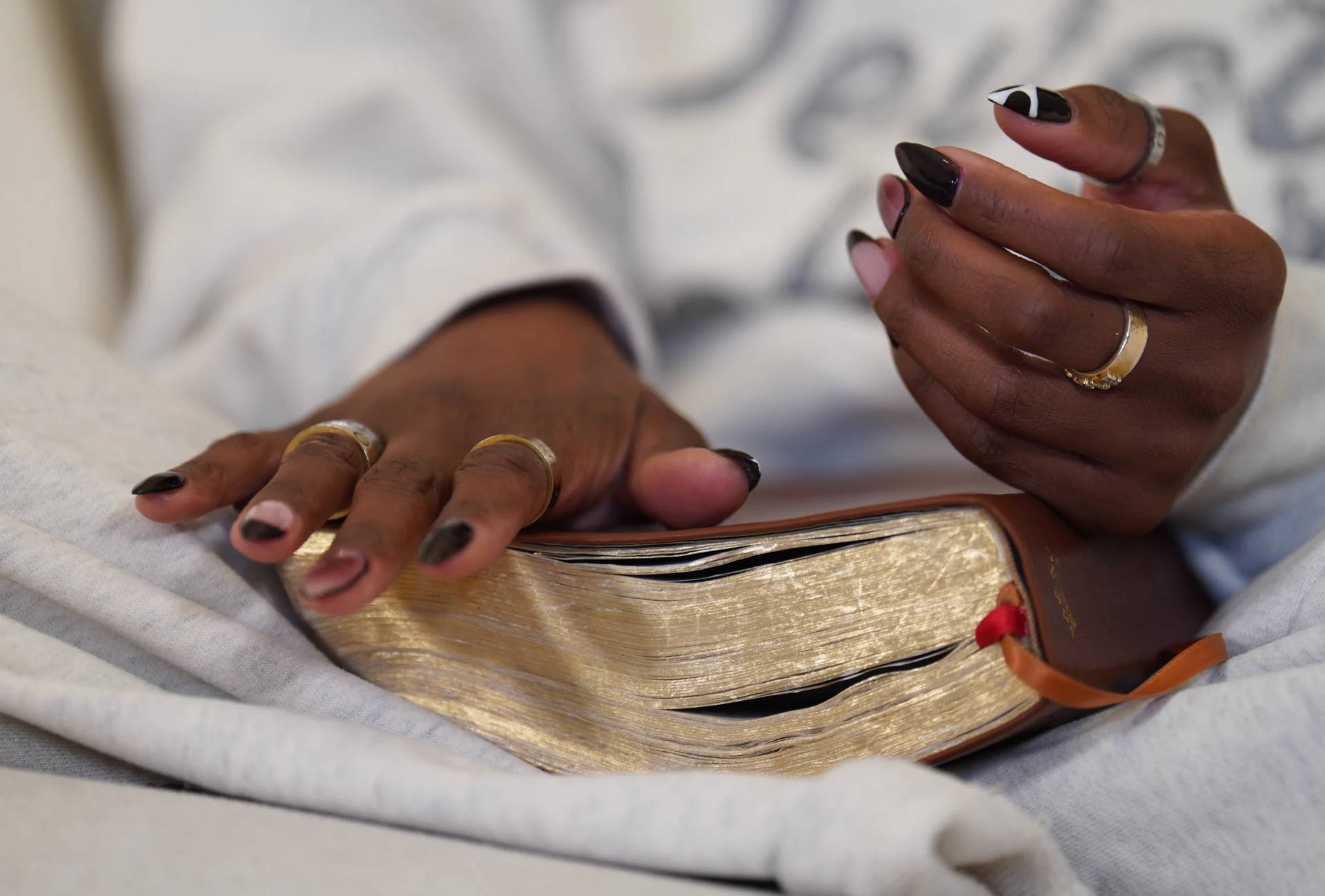ROME – Exactly seventy days after public Mass was last celebrated in Italy, the pope’s own backyard, the Italian bishops announced Thursday a deal with the government to resume the liturgy on Monday, May 18, which means the first Sunday Mass to be reopened will be May 24, which in Italy is the Feast of the Ascension.
As it happens, May 18 is the feast of St. Felix of Cantalice, a 16th century Capuchin, an order whose expansion around Italy coincided with their efforts to comfort victims of the plague, the memory of which (codified in Alessandro Manzoni’s celebrated novel I Promessi Sposi) has been cited often in Italy amid the coronavirus crisis.
The deal between church and state to resume public Mass was signed on Thursday at the Palazzo Chigi, more or less the Italian White House, by Cardinal Gualtiero Bassetti, president of the Italian bishops’ conference, along with Italy’s Prime Minister Giuseppe Conte and Interior Minister Luciana Lamorgese.
By greenlighting Mass to resume on a Monday, presumably the idea is to have a few days of trials on a smaller scale with daily Mass before the first Sunday liturgy.
The deal also includes the resumption of the sacrament of confession, on the condition that it occur in a “large and well-ventilated” space, that both priest and penitent wear face masks, and that appropriate social distance is maintained.
The protocol issued Thursday outlines 26 conditions for the resumption of public Masses, along with three “suggestions.” The highlights are as follows.
First, social distance must be maintained. According to the protocol, it’s up to the “legal representative” of the church, generally meaning the pastor, to determine how many people can be allowed in while maintaining a minimum of one and a half meters (approximately 5 feet) of distance both in front and behind. While an organist is permitted to provide music for the Mass, a choir is prohibited.
Parish staff and volunteers are supposed to regulate entrance into the church. If the number of people desiring to come in significantly exceeds the maximum, then the parish is advised to add more liturgies to its schedule. Hand sanitizers are supposed to be available at the entrances to church.
The use of masks is mandatory for entrance into church, and anyone who’s running a fever above 99.5 degrees, who’s got flu-like symptoms or who’s been in contact with someone infected with the coronavirus is not supposed to attend. However, parishes are not obliged to install scanners and conduct temperature tests. Churches as well as the objects used during the Mass are to be cleaned both before and after ever liturgical celebration.
The Sign of Peace will continue to be omitted, to avoid the risk of physical contact, and no holy water will be provided at the entrance to churches for the traditional sign of the cross upon entry. Also, no collection will be taken up during the Mass, although parishes can install boxes for offerings at the entrance to the church or wherever they decide to be appropriate.
In terms of the distribution of communion, the priest or Eucharistic minister is supposed to use sanitizer on the hands and then put on a mask and gloves, offering communion solely in the hand without making physical contact with the recipient.
Every church in the country is supposed to have a notice in its entryway which contains the maximum number of people allowed to enter, the prohibition against anyone entering who has a fever or who’s had contact with an infected person, and the obligation to wear a mask, use hand sanitizer and maintain social distance.
The three “suggestions” in the protocol include the possibility of bishops authorizing open-air Masses if a particular church isn’t well-suited to observing sanitary precautions, the importance of reminding people that the obligation of Mass attendance can be waived for reasons of age and health, and the importance of maintaining livestreaming options for people who aren’t physically able to attend the Mass.
“The protocol is the fruit of a deep collaboration and synergy between the government, the technical-scientific committee, and the Italian bishops’ conference, where every party has done its part with responsibility,” Bassetti said.
The technical-scientific committee is a group of medical experts and others who have been advising Conte on Italy’s response to the coronavirus pandemic.
Conte likewise praised the result.
“The security measures outlined in the text express the contents and modalities best adapted to ensuring that the resumption of liturgical celebrations with the people happens in the safest way,” he said. “I thank the Italian bishops for the moral and material support that they’re giving to the entire nation in this difficult moment.”
To date, the Italian bishops’ conference has invested more than $250 million in crisis relief, beyond their usual annual funding of charitable activities of around $550 million.
On April 26, Conte signed a decree for what Italians call Fase 2, or “Phase 2,” of the coronavirus crisis, which didn’t provide any date for the resumption of public Masses. That triggered protest from the Italian bishops, but it turned out to be short-lived when Pope Francis used his morning Mass the following Tuesday to call for “prudence and obedience” to government decrees regarding reopening.
Though it’s impossible to say for sure, perhaps that papal favor to the prime minister created some breathing room in which Thursday’s deal became possible. In any event, what we know for sure is that as of May 18, Italians will be able to go back to church, albeit amid the “new normal” of a virus-scarred world.
Follow John Allen on Twitter at @JohnLAllenJr.
